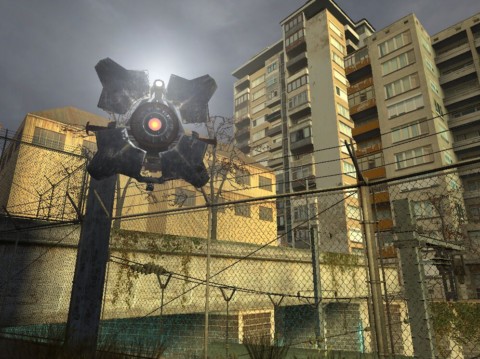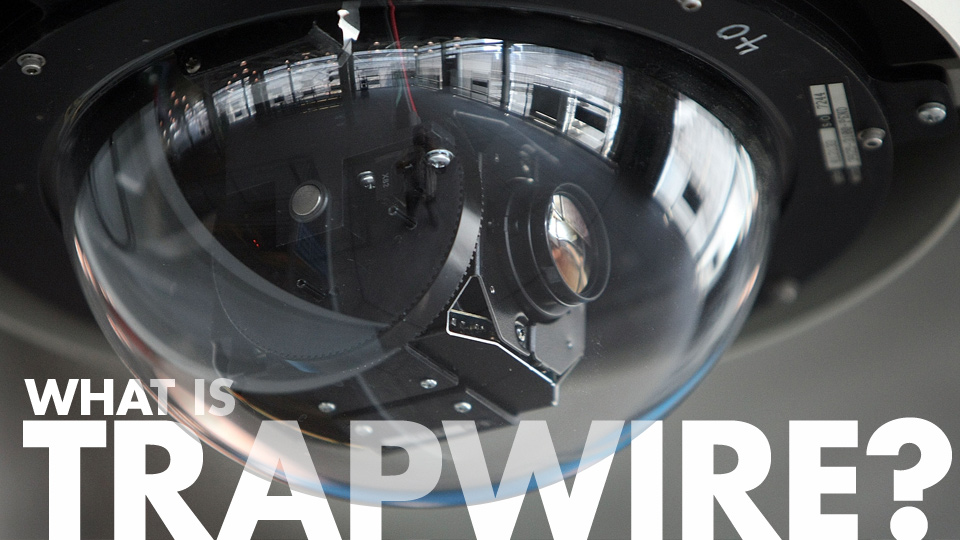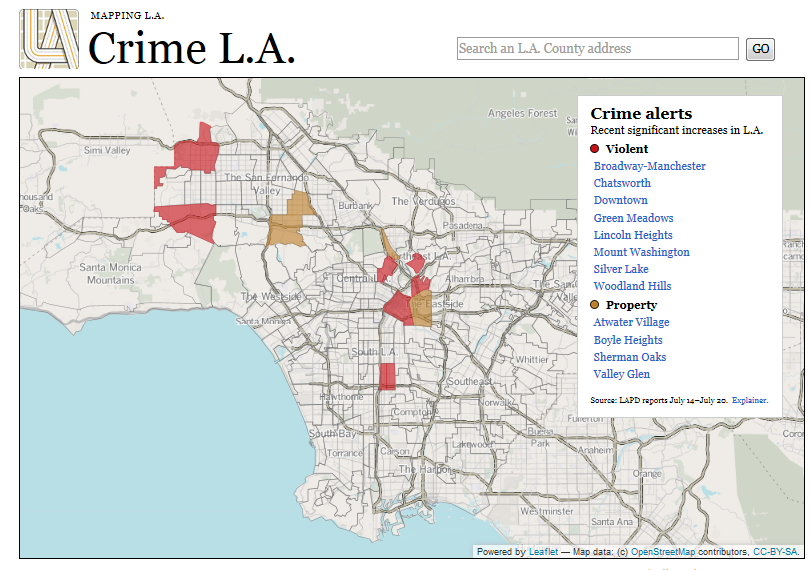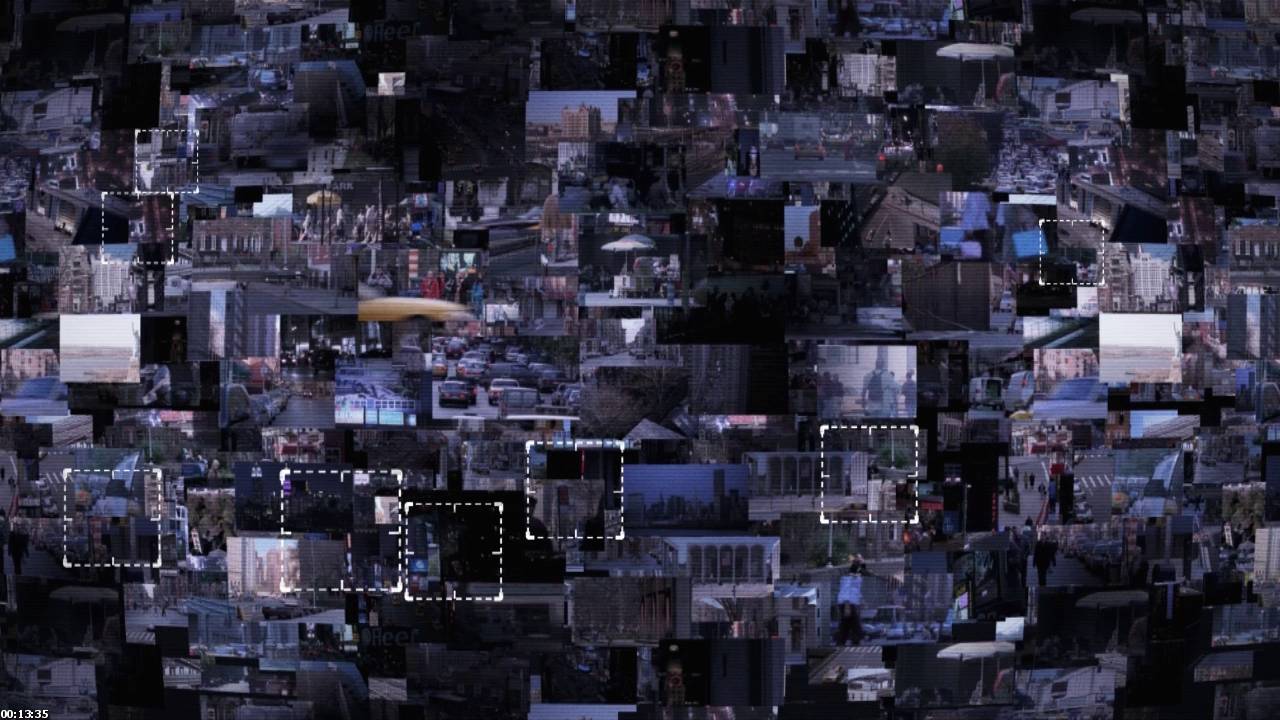Crime prediction systems

The biggest problem in studying current crime prediction methods is the lack of reliable information. There is nothing surprising in the fact that the web of systems of unverified facts, malicious information stuffing, sabotage and screams inflated with a yellow press is woven around the systems whose performance is evaluated precisely by the reliability of the output data. The easiest thing to hide is what everyone can see. Did you really need the Snowden phenomenon to stop sending corporate secrets via Skype? You doubted the close cooperation of IT-companies with the special services to Wikileaks? Do you still believe that behind the sign "the initial stage of the experiment is being carried out" you can hide an efficient analytical machine? Back in 2009, the first articles on predicting crimes appeared on Habré. Then it seemed that we were witnessing the birth of a new era.
But we are not witnesses. We are suspects of the prediction era.
')
World of predictions

Man always wanted to look into the future. The ancients created a whole system of predictions, based on secret knowledge and mysterious rituals. Stars, lightning, salt, animal entrails - hundreds, thousands of years used to predict. Most often, the access to the future was “obtained” by oracles, but their predictions were vague, they required reflection and translation in the form accessible to the common man. The most famous predictions in world history have always made many interpretations, which made it easy to adapt them for any historical events. Predictions have become a market where people's belief was valued more than gold. It was possible to profitably sell the idea of a giant whale, which once a thousand years devoured heaven and earth, or limit the meager prediction of crop failure and death of livestock.
Thousands of years after a man began to link his fate with star clusters in the sky, interest in predictions is still not lost. The transformation of the mother-bear sacrifices into a long-term analysis of the effectiveness of financial investments in the innovation and investment market of the Moscow Stock Exchange was influenced by such a host of factors that deserve a separate study. We will dwell only on one point - laws. Observing weather phenomena, a person learned one common truth - the whole law goes to hell, events are unpredictable. Hundreds of people have studied wild swans for hundreds of years, but none of them could predict the discovery of the appearance of black swans . Mankind pretty quickly figured out the lunar and solar eclipses, the changing seasons and ... Against the background of obvious success, we still face enormous problems in long-term weather prediction, earthquakes, even global warming does not seem so obvious.
For 2013, we still know very little about the planet below us, and about the space around us. Even the behavior of animals causes us a lot of questions. How can you predict anything in this world besides the inevitable end of the world? The answer is not so obvious: in a world where there is so much unknown and pure chance, there is practically a constant of linear behavior - the man himself. The popular phrase “people do not change” acquires a new meaning if it is turned into an algorithm of behavior. Sports matches, elections, advertising - all these areas of activity are not complete without forecasters. However, most predictions can not affect anything. Another startup (you knew about it) will close, your favorite club will lose (nothing will help them any more), and nothing will change. Forecasts are an extremely important thing, but ... imagine yourself in the place of an ordinary person. You are a depressive start-up; you have no confidence in the success of the product. You will not leave to work in the coal mine - on the contrary, concentrate fully on your service (product), give him even more energy, additionally motivate the team ... In general, jump without a parachute, but you will be more waving your hands.
The situation changes somewhat, if throwing a coin, you predict your own death. Nothing is more motivating than the threat of life. Of all the possible predictions, the prediction of death - and crimes in general - is the most interesting option. Especially if you are assigned to fight crime. Since most of the laws in the world around us are concentrated in the psychology of human behavior, the development of crime prediction technologies was predetermined. At the conceptual level, we imagine that the imprisoned criminal is doubly dangerous, the “Second Wind” glass case gives a couple of administrative offenses guaranteed, and a deeply religious person shows an increased interest in aviation for no reason.
Guessing on the digital thick

Having dealt with the source of our curiosity, go to the technical base. So, of greatest interest are the events that entail a violation of the usual course of things. Consciousness itself highlights the threatening patterns, logically assessing the environment. Is it possible to automate this process? For example, hundreds of stationary complexes of photo and video recordings of road traffic are introduced every year. Volunteers can take part in data collection by simply putting a webcam out of the window . It is even difficult to imagine how many cameras are watching us from shops, banks, and public transport. Studies in London have shown that the average person on a typical day will be captured on about 70 surveillance cameras. Not all of these cameras are connected in a single network, but most of them are capable of “leading” the object of observation, “transmitting” to other cameras.
In America, there is an interesting system TrapWire *. The police data with the faces of criminals, numbers of stolen cars and so on are loaded into the system. At the same time, data from thousands of surveillance cameras installed in public places across the country are processed. Actually, the technology of facial recognition (very imperfect) is not surprising, but there is evidence that the system is able to identify patterns of behavior that potentially lead to the commission of crimes. This is much more interesting, because all systems known to us have a significant drawback - they only react after the crime has been committed.
[* in fact, there are many such systems; only a part of them was mentioned on Habré. There is no exact answer to the question of whether experimental systems, such as Microsoft's Palantir or Domain Awareness System, are applied locally, in individual regions, or are elements related to blocks of a single global monitoring and crime prediction system.]

The iWatch monitoring system used by Los Angeles Police works in conjunction with TrapWire. While the main system is engaged in the prediction of crimes on behavioral algorithms, iWatchLA goes beyond any limits and connects the citizens themselves to the data processing system. The program involves informing city residents of suspicious activities that may be related to terrorism. The program is distributed through brochures, video lectures, announcements in public places. A natural question arises, if someone buys materials that can be used in the manufacture of bombs, who will react faster - observant citizens or TrapWire?

In parallel, Europe is developing its own amusement park - “an intelligent information system to support the monitoring, detection, search and safety of citizens in urban areas” ( INDECT ). The solutions proposed in INDECT are ahead of their American counterparts in innovation. First of all, in addition to surveillance cameras, the UAV monitoring system includes drones and quick analysis of data from the Internet, including a selection of the most up-to-date information from social networks. The system is trained not only to respond to ownerless things, but also to recognize the sounds of explosions, screams, breakable glass and identify the source of sounds. On the Internet, INDECT, in addition to collecting information related to terrorist activities, is also involved in tracking down distributors of child pornography.
It is not about the rivalry between the Old and New Worlds. The exchange of ideas leads to mutually beneficial cooperation, and now the mayor of New York stands for the widespread introduction of UAVs. As the mayor noted, there is no fundamental difference between a stationary video camera and a camera on an aircraft. And since there is no difference, it is easy to add satellites for primary data collection. While military satellites are spying on citizens only in thrillers, NASA solves the issue by developing cheap mini satellites. The PhoneSat project is notable for its exceptional low cost ($ 3,500 per satellite). Using a satellite for ubiquitous surveillance is a logical step in building a global surveillance system.

What do you see on this picture
There is nothing new in the collection of information since the “Echelon”, but without the use of artificial intelligence, a significant breakthrough in the field of predictions cannot be achieved. An alternative proposal was made by neuroscientists from the nonprofit brain research organization Mind Research Network . Scientists scanned the brain of hundreds of prisoners who were to be released. The prisoners performed a series of tests in which they had to make decisions quickly and at the same time suppress their own impulsiveness. Scanning and follow-up showed that in cases where the anterior cingulate cortex of the brain proved to be inactive, recurrences of criminal behavior occurred 2.6 times more often.

Brain scans are the next necessary element in crime prediction technology. If we now allow ourselves to shine through at the airport, what prevents us from going a little further and letting the “pictures” be pulled out of the brain at the moment when we arrive in a public place? The technology needs a little improvement - and now the guard sees not only the contents of our bag, but also the images that appear in the head. As police officers admitted, sniffing dogs at airports primarily have a psychological effect. So similar scanners will put pressure on the criminal, forcing him to get nervous. Even if the image of the bomb can be easily suppressed by focusing on the appearance of the beautiful humin in the Garden of Eden, the behavior itself, which falls outside the scope of the standard reaction, will be regarded as a potential threat.
Like a chess piece

A huge array of data that we obtained from various sources is quite simple to process without using pure AI - something like IBM Watson is already doing. It is logical to assume that you can use the mathematical model, which will include data from the file on prisoners, police reports, calls to the help desk, population census data, information on seasonal changes in crime rates, information on mobile phone movements, poverty level of the selected region and much more. On the basis of these data, the nature of movement in the city of criminals and their victims is analyzed, after which it is possible to predict where and when the routes of criminals and victims will cross. The task is no more difficult than making a diagnosis in treating a patient, which Watson is already coping with.
The only reason why we still do not live in the reality of the Person of Intermediate series, The Minority Report books or Watchdogs games -
Denial, aggression, bargaining, depression, acceptance

The main problem faced by the London police, after several years of operating a video monitoring system, the cameras themselves are useless. The camera can provoke aggression itself; it cannot save anyone unless there is an honest representative of the authorities nearby. The camera cannot even protect itself and often becomes a victim of street bullies. However, routine observation is the safest element of crime prevention. The camera does not make the decision to include you in the list of suspects, the program should “think about it”. Can the program be wrong? The answer is obvious - if people make mistakes, then the system created by people, inevitably contains errors.

Seven years ago, in the capital of the United Kingdom, a restriction was imposed on wearing a hoodie (hoddie) that hides a face. In the US, the attitude towards such clothing is ambiguous . Several senators in protest defiantly donned a hoodie after Florida public patrolman Jorge Zimmerman shot 17-year-old Trayvon Martin. Zimmerman considered that Martin looked suspicious, since he was wearing hoodie and was in a hurry somewhere. You can read the details of this story here , but we are interested in something else. The computer system could be mistaken with the same probability. The pattern of "suspicious behavior" is laid into the system by a person. Such an idea sooner or later comes to many, we begin to feel the fear of video cameras, trying to protect our lives from invasion.

On Habré published several articles on how to hide your face from surveillance cameras. But they do not give an answer to the question of what to do if attempts to prevent identification are perceived as suspicious behavior. Our life will become part of the great equation of the algorithmized mass consciousness, in which aggression, acceptance, indifference are only variables that are easily calculated by the system. Paradoxically, the system will not help insane terrorists, because their behavior is often not logical, but it will perfectly cope with the offenses of ordinary people. Missed by trash? Do not forget to pay the fine, which you will immediately send by mail.
Hundreds of millions that are being spent right now on all of the above systems (and on a dozen of those that we don’t know about yet) will result in an unexpected effect: we will learn to live by patterns. Global terrorism will not be able to exterminate, but it will clear the streets, the number of hijackings and rapes will decrease. Something like global Singapore, the order in which is supported by fixed video recording complexes, drones, systems for decoding images from the brain . We will come to a standardized form of clothing, behavior, pastime - in the end, the general logic of the existence of humanity will be the foundation for building a rational, thoughtful and dependent on the control of the world.
Conclusion

2013 in Russia — with all the arbitrariness of the limiting factors — still a time of relative freedom. From small offenses to free creative self-realization, we are free to make choices based not on statistical indicators, but on internal moral principles. The main limitation now (except for the criminal code and the Constitution) is your own Self, willing to make any decisions. Now no system in the world can better predict your behavior. The police of the future will not knock at your door with a charge of crime you have not yet committed; programs do not require you to urgently stay home, due to the red level of threat. The lack of total control from the side is the opportunity to realize yourself right now the way you want.
Rate this moment while you have time.
Source: https://habr.com/ru/post/191794/
All Articles